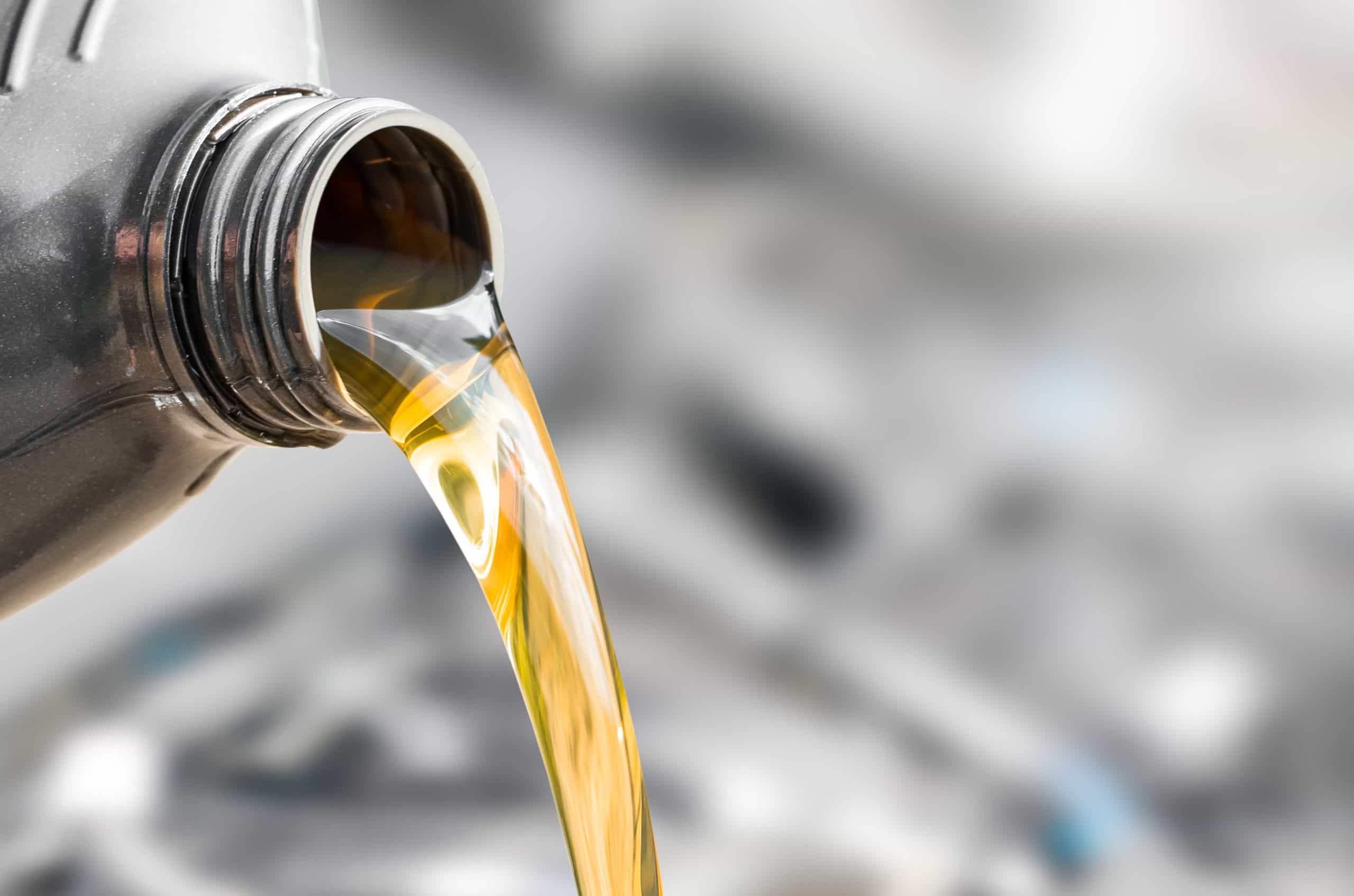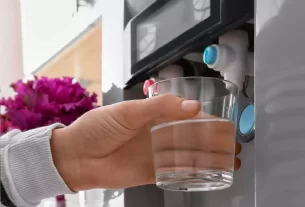Viscosity index (VI) improvers are important additives used in lubricants to improve their performance across a range of temperatures. These substances help maintain the lubricating properties of oils and fluids as temperatures fluctuate, ensuring that machinery and engines operate smoothly. Testing the effectiveness of these improvers is essential for ensuring that they meet the required performance standards. Here’s a straightforward approach to evaluating the performance of viscosity index improver in your lubricants.
Determine the viscosity range:
The first step in testing VIIs is to understand the intended viscosity range of the lubricant. VIIs are designed to improve the oil’s viscosity index, which measures how much the viscosity of the oil changes with temperature. Typically, this involves assessing the lubricant’s performance at both high and low temperatures. Ensure that the lubricant meets the desired viscosity requirements before and after adding the VII.
Testing procedures:
Initial preparation: Begin by preparing samples of the lubricant with different concentrations of the VI improver. It’s important to have a control sample of the lubricant without the VI improver for comparison purposes.
Viscosity measurement at different temperatures: Use a viscometer to measure the viscosity of each sample at various temperatures. This involves assessing the lubricant’s viscosity at both high and low temperatures to see how well the VI improver maintains the desired viscosity range.
Evaluate performance: Compare the VI values of your samples to determine how effective the improver is. Higher VI values indicate better performance in maintaining viscosity across a range of temperatures.
Stability testing: Assess the stability of the VI improver by conducting a shear stability test. This test evaluates how the VI improver holds up under mechanical stress and whether its performance degrades over time.
Field testing: Finally, real-world application tests can be conducted to see how the lubricant performs in actual operating conditions. This step helps to verify laboratory results and ensures that the VI improver works effectively in practical scenarios.
Testing the effectiveness of viscosity index improvers involves a combination of laboratory tests, field trials, and performance reviews. By systematically evaluating these factors, you can ensure that the VIIs improve the lubricant’s performance and meet the desired specifications.



